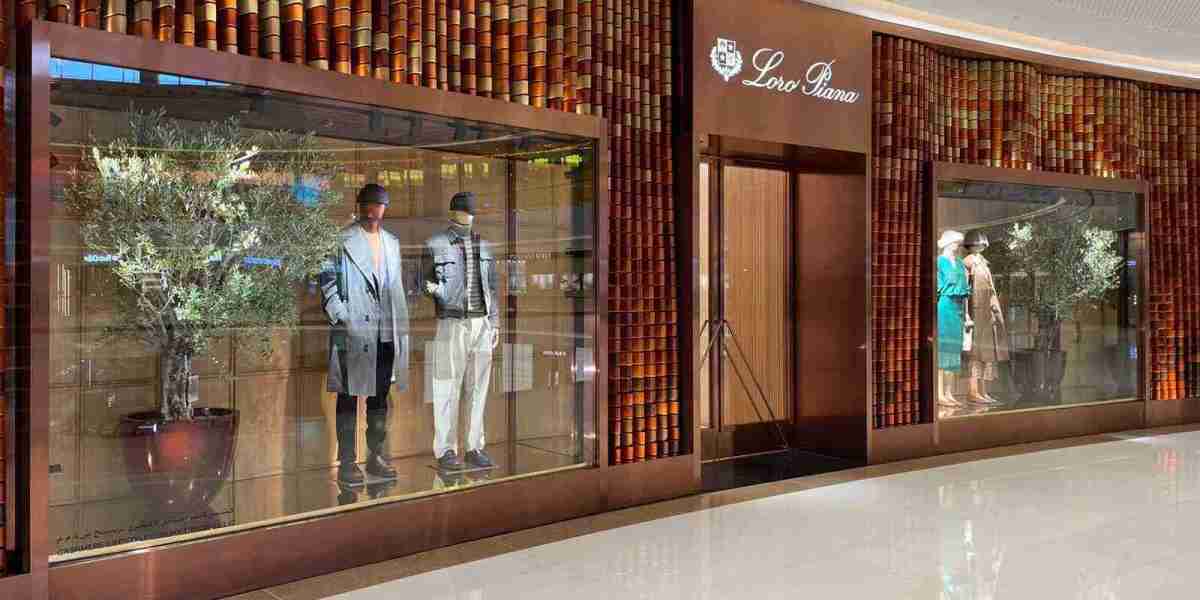Dubai has always been a symbol of futuristic architecture and bold innovation. From the Burj Khalifa piercing the skyline to the man-made Palm Islands, the city thrives on pushing boundaries. In recent years, however, the focus has shifted toward sustainability. As part of its Dubai Clean Energy Strategy 2050 and commitment to reducing carbon emissions, the city is exploring technologies that not only fuel innovation but also support eco-friendly development. One of the most impactful of these innovations is 3D printing modeling in Dubai.
This groundbreaking approach is transforming the way buildings are designed and constructed, especially when it comes to reducing waste and promoting sustainable practices.
Why Traditional Construction Creates Waste
The conventional construction industry is notorious for being resource-intensive and waste-heavy. According to global studies, construction and demolition waste can account for nearly 40% of total solid waste generated in urban areas.
Some major contributors include:
Excess material usage such as concrete, wood, and steel.
Design errors leading to material rework and replacements.
Transportation inefficiencies that increase emissions.
Demolition debris from renovations and rebuilds.
Dubai, with its rapid pace of urbanization, faces these challenges on a large scale. The city’s sustainability goals demand smarter methods that can cut down on waste while still supporting growth and innovation.
Enter 3D Printing Modeling
3D printing modeling, also called additive manufacturing, builds structures layer by layer using precise digital models. Instead of cutting and assembling large amounts of raw material, construction components are “printed” directly, using only what is required.
In Dubai, this technology is gaining significant traction thanks to initiatives like the Dubai 3D Printing Strategy, which aims to ensure that 25% of all new buildings in the city are constructed using 3D printing by 2030.
How 3D Printing Modeling Reduces Waste
1. Precision in Material Use
Unlike traditional methods, 3D printing uses exact amounts of raw material based on a digital model. This precision reduces the problem of over-ordering and excess disposal, leading to significant waste reduction.
2. Recyclable and Sustainable Materials
Many 3D printing models in construction use recyclable materials such as geopolymers, recycled concrete, and bioplastics. This not only lowers dependence on virgin resources but also repurposes waste from other industries.
3. Reduced Transportation Waste
Traditional construction often requires moving large quantities of raw materials across sites, increasing waste and carbon emissions. With 3D printing, much of the production happens on-site, minimizing transport-related inefficiencies.
4. Minimized Human Error
Design and execution errors in traditional construction lead to high levels of rework and material wastage. 3D printing eliminates this by following a computer-generated model with accuracy, reducing the chances of mistakes.
5. Longer Lifespan of Structures
Because 3D-printed structures are built with precision and durability in mind, they often require less frequent repairs and renovations, indirectly reducing long-term waste generation.
Dubai’s Pioneering Projects in Sustainable 3D Printing
Dubai has already made headlines globally for its 3D printing achievements. Some notable examples include:
The Office of the Future – The world’s first fully functional 3D printed office, located in Dubai, constructed with minimal waste and significantly reduced material consumption.
Dubai Municipality Housing Projects – The city has initiated housing projects where 3D printing is used to construct sustainable, affordable homes with less environmental impact.
Medical and Infrastructure Applications – Beyond buildings, Dubai is experimenting with 3D printing in healthcare, infrastructure, and aerospace, showing the broad potential of the technology.
These projects highlight not only Dubai’s innovative spirit but also its commitment to reducing environmental waste through modern technologies.
Economic and Environmental Benefits
By embracing 3D printing modeling in construction, Dubai is reaping both economic and environmental advantages:
Lower Construction Costs – Reduced material use and faster construction timelines lower overall expenses.
Faster Project Delivery – What once took months can now be achieved in weeks, speeding up Dubai’s ambitious growth.
Waste Reduction – Minimal material wastage aligns perfectly with Dubai’s sustainability vision.
Lower Carbon Footprint – On-site printing and reduced transportation lead to fewer emissions.
Challenges to Overcome
While promising, 3D printing modeling in construction is not without challenges:
High Initial Investment – The technology and machines require significant upfront costs.
Regulatory Frameworks – Building codes and safety regulations are still adapting to 3D-printed structures.
Skilled Workforce – Expertise in 3D printing is still developing in Dubai, and training is essential.
Despite these hurdles, the city is pushing forward with ambitious goals, confident that the long-term benefits far outweigh the challenges.
The Future of Sustainable Construction in Dubai
As Dubai continues to lead the way in futuristic development, 3D printing modeling is set to play a central role in its journey toward sustainability. By drastically reducing waste, enabling efficient use of resources, and supporting eco-friendly practices, this technology aligns perfectly with the city’s vision for a greener future.
In the coming years, as materials evolve and regulations catch up, we can expect 3D-printed skyscrapers, residential projects, and public infrastructure to become commonplace in Dubai’s skyline.
Conclusion
Dubai has always been at the forefront of innovation, and with 3D printing modeling, it is addressing one of the construction industry’s biggest challenges—waste reduction. By combining futuristic technology with sustainability goals, Dubai is not just building iconic structures but also setting an example for cities worldwide.
Sustainable construction powered by 3D printing is not a distant dream—it’s happening right now in Dubai, paving the way for smarter, greener, and more efficient urban development.




